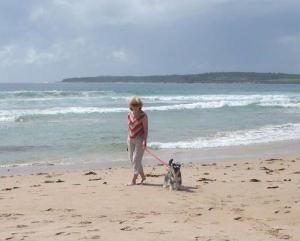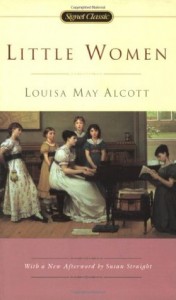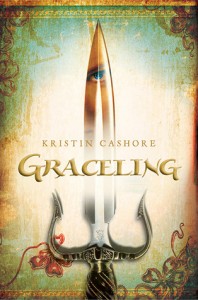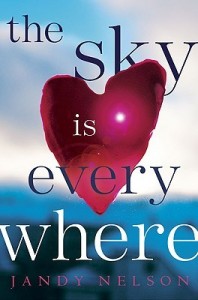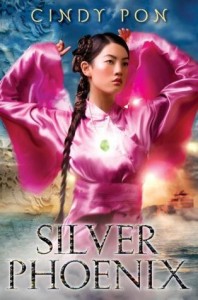Wendy Laharnar was gracious enough to stop by the blog today to give us some insight into the women in her YA historical fiction THE UNHEWN STONE. Thanks for sharing today, Wendy!
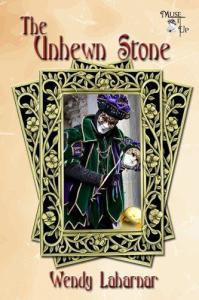 The Unhewn Stone is 18 yr old Stefan’s search for identity as he tries to restore honour to his family name which has long been tarnished by the Wilhelm Tell legend. From modern day Switzerland, Stefan is transported back to his ancestors, in the Wilhelm Tell era of 1307AD, on a mission to prevent the legend from happening.
The Unhewn Stone is 18 yr old Stefan’s search for identity as he tries to restore honour to his family name which has long been tarnished by the Wilhelm Tell legend. From modern day Switzerland, Stefan is transported back to his ancestors, in the Wilhelm Tell era of 1307AD, on a mission to prevent the legend from happening.
While searching for the hero he hopes to find within himself, Stefan finds the heroism he seeks in the women in The Unhewn Stone.
21st century:
Heidi – sister of Stefan’s best friend Uri.
Ursula – Stefan’s unrequited love.
Marta – Stefan’s sister
Stefan’s mother
14th century:
Frau Gessler – the tyrant governor’s mother, a healer.
Cassandra – – a prophetess
Yelka – a wanton strumpet
Eva Tell – Wilhelm Tell’s daughter
Hedwig Tell – Wilhelm Tell’s wife
The sibyl – a shapeshifting prophetess.
Ingrid –the innkeeper’s daughter.
I’ll concentrate on four of these women who represent the differing cultures in medieval life and reflect different aspects of Stefan’s changing character.
The sibyl (means ‘prophetess’; ‘oracle’):
Because many peasants, in the Middle Ages still believed in Greek and Roman mythology, I modified this mythical figure based on the Roman ‘Cumaen Sibyl’ to represent the superstitions still lingering in the Middle Ages after the fall of the Roman Empire. She is the bane of Stefan’s life.
Stefan is drawn to this shape-shifter because she bears a strong resemblance to Ursula, the beautiful 21st century woman Stefan loves. The sibyl appears as a lovely courtesan, a withering crone, a Snow White lookalike and a large black bat. She mistakes Stefan for his ancestor, the alchemist, who, with her help, invented the magic orb. This orb opens the wormhole between 14th and 21st century Bürglen in central Switzerland. The sibyl needs the orb to serve her own evil purpose and pursues Stefan relentlessly to get it back. She is ruthless and dangerous, the antithesis of Stefan, the pacifist, who is forced to pit his wits against hers. He finds her both appealing and repulsive. I believe he equates her ugly side to his own ugly complex.
Eva Tell (Eva means ‘life’; ‘living one’; ‘the first woman’):
Eva is a zealot, dominated by her religion, her father and the vision of a united and liberated Switzerland. Tell’s wild daughter fights by his side and yet she is drawn to Rolf, son of the enemy, the tyrant governor Gessler. Their love is stymied by the feuding families, and family is all-important to Eva. Her courage and stubbornness fascinate and confuse Stefan. He sees her as a threat as well as a saviour. When she swaps her clean grey cloak with his filthy blue one, in order to camouflage him, she receives his reluctant admiration. In effect she cloaks Stefan with her identity. This is a significant turning point for Stefan.
Ingrid Gasparin (Ingrid means ‘fair’; ‘beautiful’; more recent meaning ‘a hero’s daughter’):
The innkeeper’s cheeky daughter also has eyes for the nobleman, Rolf, who encourages her advances. To Stefan, Ingrid is simply a peasant, a flirtatious, buxom wench in need of her father’s discipline and a long, hot bath. But the reader knows Ingrid is an innocent; intuitive and just. When Stefan learns that behind the façade she is pious and brave beyond measure, Ingrid becomes his inspiration.
Frau Gessler (unnamed in the book, but clearly she must be a Sophia because this name means ‘wisdom’):
A noble woman, Frau Gessler is the mother of Hermann Gessler, grandmother of Rolf, and great grandmother 7 times removed, or more, to Stefan. She is a pagan, a healer, merciful and kind even to her enemy, but she is quite prepared to physically defend her family when attacked. To Stefan, who is searching for acceptance, Frau Gessler, the matriarch, represents family. He needs to hear her acknowledge him as her grandchild (Grosschind) just once while he is trapped in the 14th century.
In this era where myth, magic, religion, and science collide, these women embody the conflicting attitudes of the medieval world within themselves and in their society. Their influence on Stefan is profound.
THE UNHEWN STONE blurb:
The Wilhelm Tell legend has a new hero but he belongs to the wrong side . . . on the wrong side of time.
When Swiss teen, Stefan Gessler, answers the call to restore his family’s honour, he discovers it might be easier to change base metal into gold than overcome evil in the Middle Ages with modern day ‘magic’.
With his medieval cousin, Rolf, Stefan is trapped inside the legend, caught in the turbulent events of 1307AD. Pursued by an avaricious shape-shifting sibyl and an evil knight who want him dead, he is hindered in his mission and unlikely to escape the 14thC alive.
Life in the Middle Ages is a dangerous game even for Üserwäälti, the Chosen One.
THE UNHEWN STONE is available at the MuseItUp bookstore, Barnes & Noble, Books a Million, and Amazon.
Wendy Laharnar lives on the south coast of NSW, Australia, with her husband and mini Schnauzer, Spitzli. She writes historical fiction, science fiction and children’s stories.
Several overseas trips took her to Europe where she collected ideas and information for her stories. In Switzerland, she researched her medieval novel, The Unhewn Stone, and made lasting friendship with two Swiss women who helped her with their language. Her Arts degree in English Literature and History opened up new worlds to feed her imagination and love for research.
When she isn’t writing, Wendy enjoys spending time with her husband, their son and daughter and their families. She likes to sew and knit and take Spitzli for long walks by the sea.
Contact Wendy via her website, Facebook page, or Twitter account.
